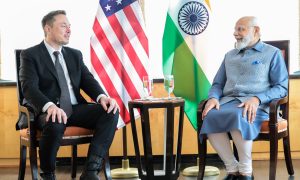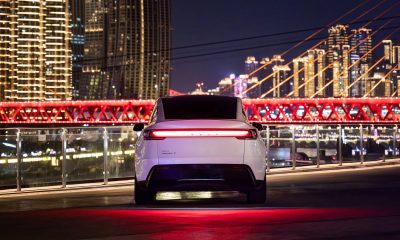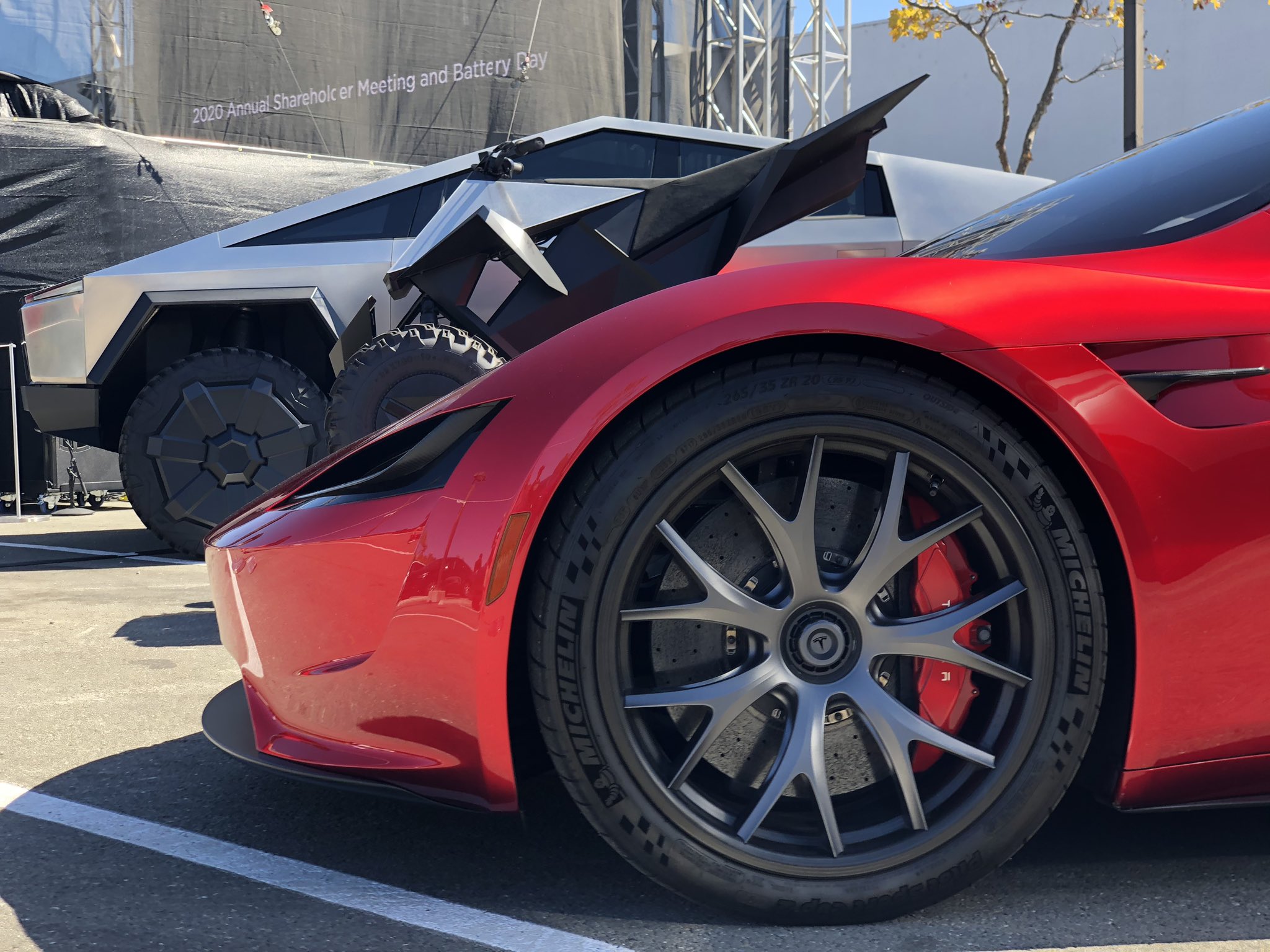

News
Tesla’s dominance is causing other companies to adopt a ‘fake it ’til we make it’ strategy
Tesla’s dominance in the automotive sector has proven to be one of the industry’s biggest surprises in its long and storied history. Because of the whirlwind of support that Tesla and its initiatives have received, along with the increasingly dominant numbers that the company displays quarterly, Tesla is undoubtedly the biggest influencer in the car industry today. After the company’s increasingly apparent dominance has been recognized by the long and storied auto manufacturers of the American vehicle market, a “fake it ’til we make it” strategy has been adopted by several of these entities, and it has not always worked out in the most favorable fashion.
Legacy automakers have spent over a hundred years dominating and influencing the look, design, and overall appeal of “the car.” Before 2008, electric cars were never a huge deal. They weren’t available for purchase, and many car buyers figured that buying Hybrid vehicles was enough for the environmental concerns to go away in the short-term. As a result, nobody, including some of the most seasoned and informed automotive executives, figured that for the foreseeable future, business would carry on as usual. People would continue buying gas-powered cars that fit their bill of needs and their finances, and that would be that. People would accept the constantly-rising gas prices and continue to drive cars that were manufactured by companies that have been in business for decades, simply because they’re trustworthy, and that is what was most ideal.
And, who could blame them? In 2007, nobody truly thought that EVs would be a major player in the automotive market within 5-10 years. Nobody knew that a little-known entrepreneur from South Africa had a plan to disrupt the automotive industry as a whole. Nobody knew that eventually, gas-powered cars would be exposed as inferior to battery-powered vehicles because nobody had figured out the innovation.
In reality, when the tech bubble began to burst, it was only a matter of time before cars became less of a transportation means and more of a software device. Tesla really drove this point into fruition with its electric cars, especially when software updates and Over-the-Air upgrades became available to owners. But while Tesla continues to uncover the secrets behind the disruption of the automotive sector, it continues to extend its lead in the development of electric cars. The lead has gotten to a point where car companies are coming up with ways to “fake it until they make it,” and it has cost some of the most notable names in the industry, and some up-and-comers, their spot as potential forces in EV production.
The most notable is Nikola, who was exposed in September 2020 by Hindenburg Research. Earlier this morning, General Motors, who had announced a partnership with Nikola on September 8th, completely scrapped any partnership involving EVs and noted that their jointed effort would only deal with hydrogen fuel-cell vehicles. This ultimately led to Nikola announcing that its all-electric truck, the Badger, had no timetable for completion. Ultimately, the faking strategy paid dividends in the short term, as Nikola had gained some momentum on Wall Street before the Hindenburg report was released. Now, the company has been exposed, and GM bailed out of a multi-billion dollar partnership that would have established Nikola as a player in the EV pickup game.
Other automakers who have promised to initiative efforts to transition to BEV development and production are out there. Ford, GM, and Volkswagen have all worked toward establishing electric vehicle production lines in an effort to move away from petrol-powered engines. However, only time will tell if these companies remain serious about their efforts. While Volkswagen has been extremely vocal about its support for electrification, Ford has also outlined plans to begin battery cell manufacturing efforts, and GM has plans to expand its line of electric cars with the upcoming Hummer EV.
Ultimately, nobody likes to be lagging behind, and the car companies that have long dominated the automotive sector are more than likely not used to being second-fiddle, especially to a company that has only built cars for twelve years. The lesson in the development of EVs is that adopting the technologies must be done efficiently. There is no room for dragging feet. There is no time to delay the efforts. These companies must adopt the realization that EVs are the future of the auto sector. Without a plan in place, Tesla’s lead will continue to widen, and the long-standing American car companies will be, for the first time ever, left in the dust.
News
Tesla launches in India with Model Y, showing pricing will be biggest challenge
Tesla finally got its Model Y launched in India, but it will surely come at a price for consumers.
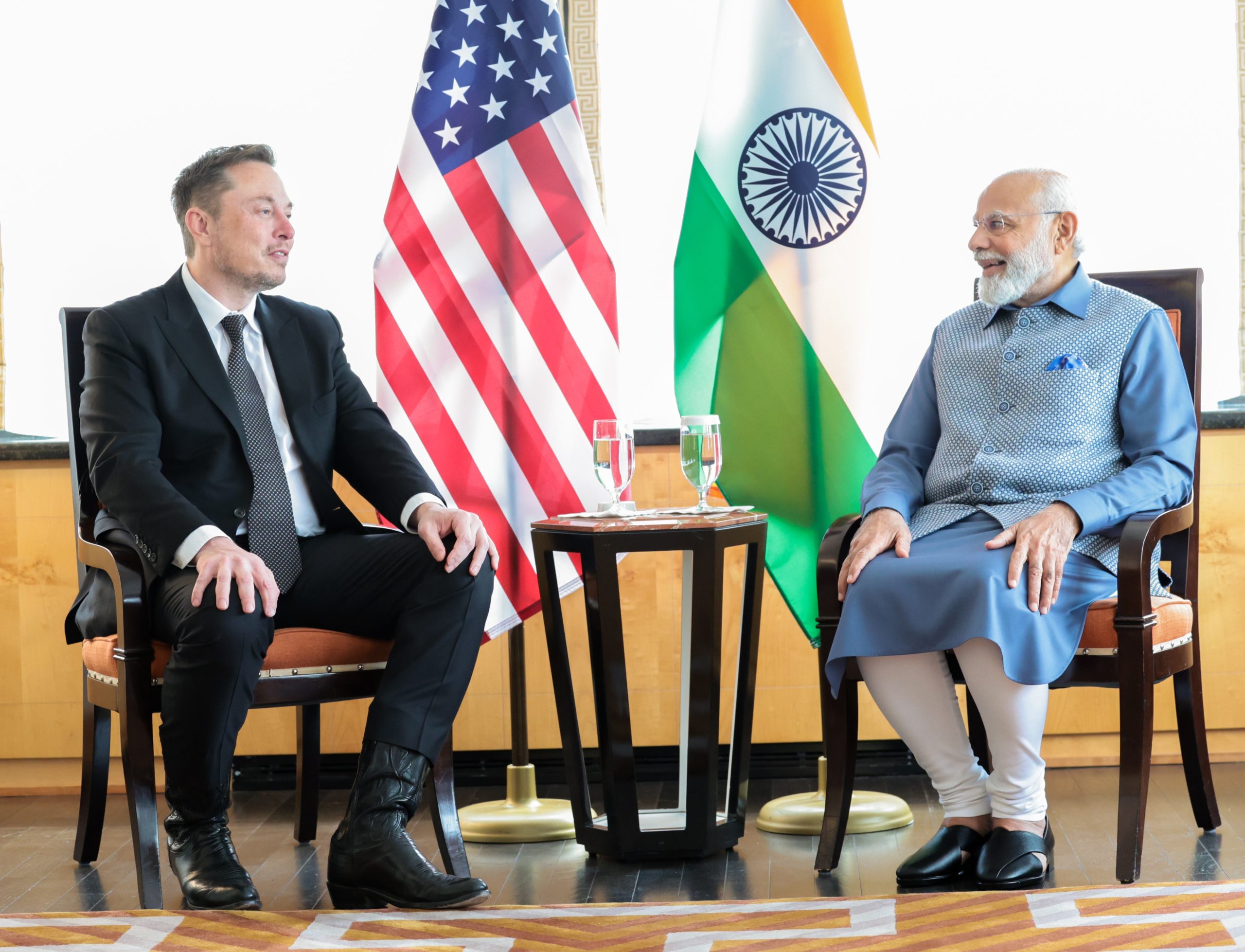
Tesla has officially launched in India following years of delays, as it brought its Model Y to the market for the first time on Tuesday.
However, the launch showed that pricing is going to be its biggest challenge. The all-electric Model Y is priced significantly higher than in other major markets in which Tesla operates.
On Tuesday, Tesla’s Model Y went up for sale for 59,89,000 rupees for the Rear-Wheel Drive configuration, while the Long Range Rear-Wheel Drive was priced at 67,89,000.
This equates to $69,686 for the RWD and $78,994 for the Long Range RWD, a substantial markup compared to what these cars sell for in the United States.
🚨 Here’s the difference in price for the Tesla Model Y in the U.S. compared to India.
🚨 59,89,000 is $69,686
🚨 67,89,000 is $78,994 pic.twitter.com/7EUzyWLcED— TESLARATI (@Teslarati) July 15, 2025
Deliveries are currently scheduled for the third quarter, and it will be interesting to see how many units they can sell in the market at this price point.
The price includes tariffs and additional fees that are applied by the Indian government, which has aimed to work with foreign automakers to come to terms on lower duties that increase vehicle cost.
Tesla Model Y seen testing under wraps in India ahead of launch
There is a chance that these duties will be removed, which would create a more stable and affordable pricing model for Tesla in the future. President Trump and Indian Prime Minister Narendra Modi continue to iron out those details.
Maharashtra Chief Minister Devendra Fadnavis said to reporters outside the company’s new outlet in the region (via Reuters):
“In the future, we wish to see R&D and manufacturing done in India, and I am sure at an appropriate stage, Tesla will think about it.”
It appears to be eerily similar to the same “game of chicken” Tesla played with Indian government officials for the past few years. Tesla has always wanted to enter India, but was unable to do so due to these import duties.
India wanted Tesla to commit to building a Gigafactory in the country, but Tesla wanted to test demand first.
It seems this could be that demand test, and the duties are going to have a significant impact on what demand will actually be.
Elon Musk
Tesla ups Robotaxi fare price to another comical figure with service area expansion
Tesla upped its fare price for a Robotaxi ride from $4.20 to, you guessed it, $6.90.
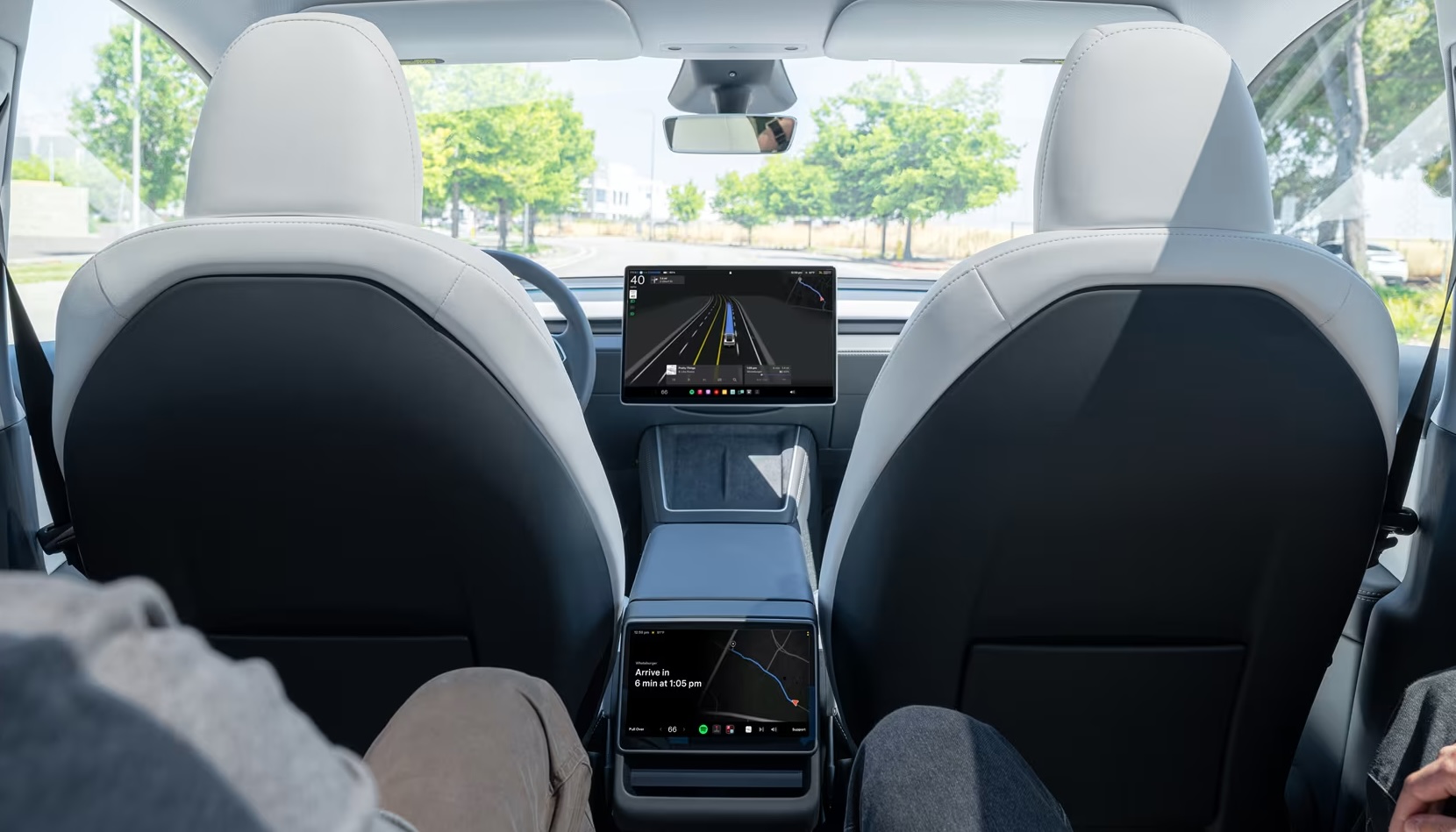
Tesla has upped its fare price for the Robotaxi platform in Austin for the first time since its launch on June 22. The increase came on the same day that Tesla expanded its Service Area for the Robotaxi ride-hailing service, offering rides to a broader portion of the city.
The price is up from $4.20, a figure that many Tesla fans will find amusing, considering CEO Elon Musk has used that number, as well as ’69,’ as a light-hearted attempt at comedy over the past several years.
Musk confirmed yesterday that Tesla would up the price per ride from that $4.20 point to $6.90. Are we really surprised that is what the company decided on, as the expansion of the Service Area also took effect on Monday?
But the price is now a princely $6.90, as foretold in the prophecy 😂
— Elon Musk (@elonmusk) July 14, 2025
The Service Area expansion was also somewhat of a joke too, especially considering the shape of the new region where the driverless service can travel.
I wrote yesterday about how it might be funny, but in reality, it is more of a message to competitors that Tesla can expand in Austin wherever it wants at any time.
Tesla’s Robotaxi expansion wasn’t a joke, it was a warning to competitors
It was only a matter of time before the Robotaxi platform would subject riders to a higher, flat fee for a ride. This is primarily due to two reasons: the size of the access program is increasing, and, more importantly, the service area is expanding in size.
Tesla has already surpassed Waymo in Austin in terms of its service area, which is roughly five square miles larger. Waymo launched driverless rides to the public back in March, while Tesla’s just became available to a small group in June. Tesla has already expanded it, allowing new members to hail a ride from a driverless Model Y nearly every day.
The Robotaxi app is also becoming more robust as Tesla is adding new features with updates. It has already been updated on two occasions, with the most recent improvements being rolled out yesterday.
Tesla updates Robotaxi app with several big changes, including wider service area
News
Tesla Model Y and Model 3 dominate U.S. EV sales despite headwinds
Tesla’s two mainstream vehicles accounted for more than 40% of all EVs sold in the United States in Q2 2025.

Tesla’s Model Y and Model 3 remained the top-selling electric vehicles in the U.S. during Q2 2025, even as the broader EV market dipped 6.3% year-over-year.
The Model Y logged 86,120 units sold, followed by the Model 3 at 48,803. This means that Tesla’s two mainstream vehicles accounted for 43% of all EVs sold in the United States during the second quarter, as per data from Cox Automotive.
Tesla leads amid tax credit uncertainty and a tough first half
Tesla’s performance in Q2 is notable given a series of hurdles earlier in the year. The company temporarily paused Model Y deliveries in Q1 as it transitioned to the production of the new Model Y, and its retail presence was hit by protests and vandalism tied to political backlash against CEO Elon Musk. The fallout carried into Q2, yet Tesla’s two mass-market vehicles still outsold the next eight EVs combined.
Q2 marked just the third-ever YoY decline in quarterly EV sales, totaling 310,839 units. Electric vehicle sales, however, were still up 4.9% from Q1 and reached a record 607,089 units in the first half of 2025. Analysts also expect a surge in Q3 as buyers rush to qualify for federal EV tax credits before they expire on October 1, Cox Automotive noted in a post.
Legacy rivals gain ground, but Tesla holds its commanding lead
General Motors more than doubled its EV volume in the first half of 2025, selling over 78,000 units and boosting its EV market share to 12.9%. Chevrolet became the second-best-selling EV brand, pushing GM past Ford and Hyundai. Tesla, however, still retained a commanding 44.7% electric vehicle market share despite a 12% drop in in Q2 revenue, following a decline of almost 9% in Q1.
Incentives reached record highs in Q2, averaging 14.8% of transaction prices, roughly $8,500 per vehicle. As government support winds down, the used EV market is also gaining momentum, with over 100,000 used EVs sold in Q2.
Q2 2025 Kelley Blue Book EV Sales Report by Simon Alvarez on Scribd
-

 News3 days ago
News3 days agoTesla debuts hands-free Grok AI with update 2025.26: What you need to know
-

 Elon Musk1 week ago
Elon Musk1 week agoElon Musk confirms Grok 4 launch on July 9 with livestream event
-

 Elon Musk5 days ago
Elon Musk5 days agoxAI launches Grok 4 with new $300/month SuperGrok Heavy subscription
-

 News2 weeks ago
News2 weeks agoTesla Model 3 ranks as the safest new car in Europe for 2025, per Euro NCAP tests
-

 Elon Musk2 weeks ago
Elon Musk2 weeks agoxAI’s Memphis data center receives air permit despite community criticism
-

 News5 days ago
News5 days agoTesla begins Robotaxi certification push in Arizona: report
-
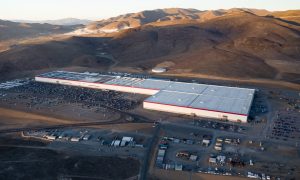
 Elon Musk2 weeks ago
Elon Musk2 weeks agoTesla reveals it is using AI to make factories more sustainable: here’s how
-

 Elon Musk2 weeks ago
Elon Musk2 weeks agoTesla scrambles after Musk sidekick exit, CEO takes over sales


